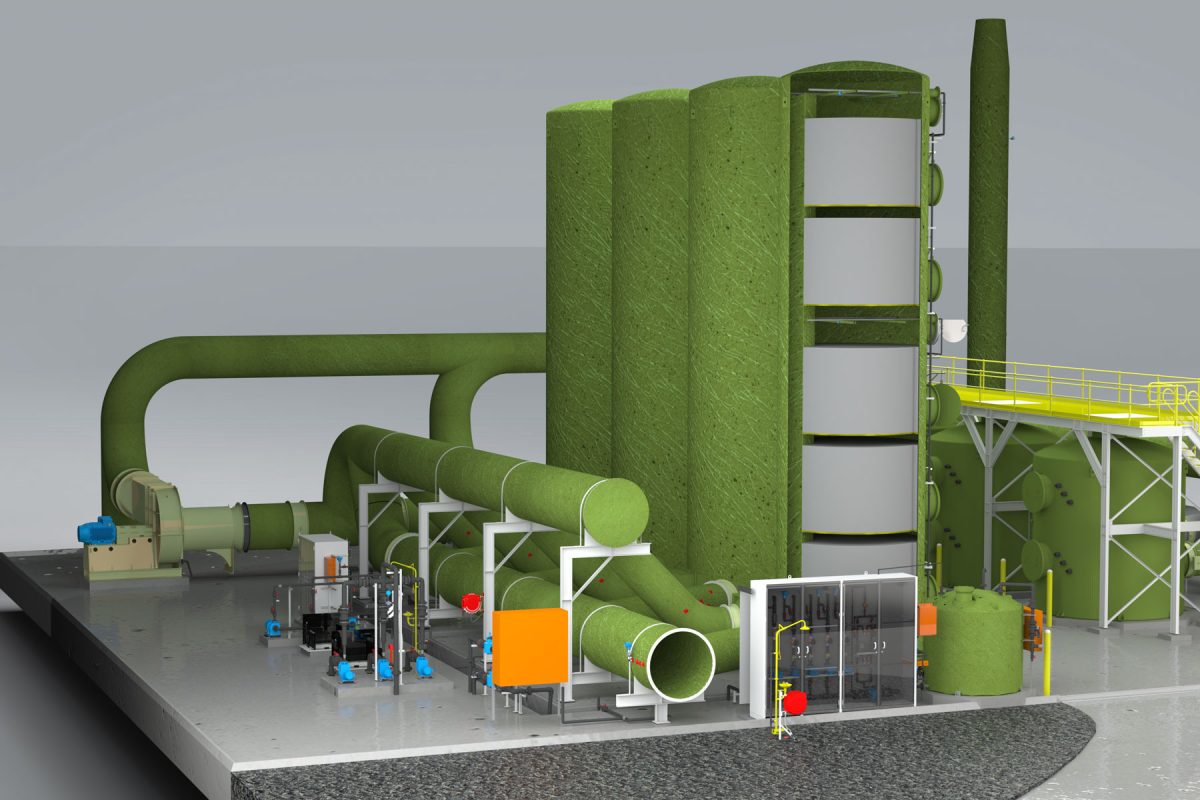Over the past two decades, research and empirical evidence have revealed that odour is far more complex...
Historically, odour management in wastewater treatment primarily focused on managing Hydrogen Sulphide (H₂S). Over the past two decades, research and empirical evidence have revealed that odour is far more complex, involving multiple pollutants such as sulphides, ammonia and numerous volatile organic compounds.
A pivotal development was marked by the Sewer Corrosion and Odour Research (SCORe) project, a collaborative effort involving many of the large Australian water utilities and leading universities, including the University of Queensland, the University of Melbourne, and other institutions in New South Wales and Melbourne. SCORe fundamentally changed how the industry understood and managed odour by challenging the prevailing hypothesis.
The SCORe project took a comprehensive approach to odour control, moving beyond the narrow focus on H₂S to investigate a broader range of contaminants present in wastewater. This research led to several critical outcomes:
- Revised design principles – the project highlighted the need to shift from reactive, manual H₂S control methods to more robust, proactive designs that account for multiple odorous compounds and focus on safety. This shift influenced the update of key design guidelines and manuals, helping water authorities build plants better equipped to handle the full spectrum of odour challenges.
- Improved abatement technologies – SCORe helped refine biological, chemical, and physical odour control technologies. It introduced more effective strategies for monitoring odour sources and emissions, integrating emerging technologies to improve real-time detection.
- Enhanced corrosion protection – by better understanding sewer septicity and ventilation dynamics, the research also informed improved corrosion control techniques, protecting critical infrastructure from odour-related damage.
- Community and regulatory impact – the insights gained through SCORe prompted regulators, such as the EPA in Australia and New Zealand, to reconsider their approach to odour standards. There is a push toward holistic odour management that includes community engagement, complaint handling, and proactive risk mitigation.


Recognising the challenges of this evolving landscape, the Clean Air Society of Australia and New Zealand has brought together 20 leading odour experts and developed an introductory course on odour. The course provides a comprehensive introduction to odour science, abatement technologies, community management, and regulatory frameworks, offering practical guidance for operators and emerging professionals.
Robie Mangubat, Aquatec’s Senior Odour Control Consultant, contributed his knowledge on using activated carbon to mitigate noxious odours commonly released by wastewater and industrial processes. Aquatec offers a range of biological filters, carbon filters, and chemical scrubbers to treat various contaminants in odour control.
Our product range includes:
- Biological filters
- Activated carbon
- Chemical scrubbers
- Chemical dosing
- OdoZone





